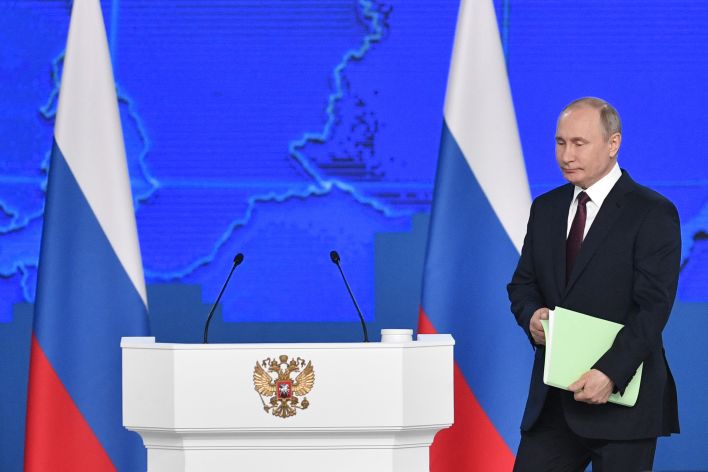By Ed Timperlake
President Putin has just given all in America a wakeup call, but to the Russian Military everlasting regret if combat ever breaks out the US Navy is always ready-NOW.
Over fifty years ago, 1965, in Bancroft Hall at the United States Naval Academy, Plebes (freshmen) were required when making a very loud announcement to a gathering of fellow Midshipman to begin with the alert-“attention world, attention world.”
It was a time at Annapolis when some of those who had fought WWII in the great “Big Blue Blanket” war winning con-ops were still in uniform, several of the Navy Pilots who were featured in the great work “the Bridges of Toko-Ri” were still in uniform, and Vietnam Yankee and Dixie station Carriers were beginning to fight that war.
From Plebe to Four Star Admirals, all in the United States Navy and Marine Corps were constantly engaged and challenged in understanding and mastering the dynamic nature of war at sea and the role of Navy/Marine power projection from across the beach.
In those days sailors still in uniform wearing the Dolphins of the “silent service,” the Navy Submarine Community, would proudly point out that with the loss of 52 subs “still on patrol” that their community sunk over 50% of the tonnage of the Imperial Japanese Navy in WWII.
All Navy commanders have to practice over and over to evolve a much broader scope of understanding and direction in this 21st Century information world.
It is a 21st Century challenge to understand the dynamic learning from a computer-human interface while also recognizing it is the goal of a reactive enemy to attempt to destroy not only individual platforms, sink ships and subs and shoot down aircraft, but wreck the very synapses of all things command and control.
Information assurance with redundancy and reliability is critical but also the ability to act independently as systems are degraded to fight and win cannot be forgotten in all training exercises.
The enemy always gets a vote but so does the United States Navy.
The decade ahead is not a repeat of the past 15 years; it is not about a continuation of the land-centric and counter-insurgency slow motion war.
ASW platforms which can operate in an interconnected manner are the crucial ones to build, deploy and sustain in the period ahead, versus those which are very limited in their capability to provide synergy to joint or coalition forces in the battle space.
This means as well that force packages need to be examined, less in and of themselves terms, than in terms of their synergy and capabilities in shaping dominant combat power in the interconnected battle space.
In a lasting reminder to anyone who threatens America from the sea there is a monument at the sea wall at the US Naval Academy, of those “Still on Patrol,” the names of lost Submarines from a fading war that are ever within the ethos of the fighting courage of sailors in today’s Silent Service.
Courage does run deep.
Bluntly put, an overemphasis on sensing of hypersonic missiles from space really misses the point — it is not about being alert to what is about to kill you — it is about killing the archer and the arrow.
And we have in our hands the means to do so as we knit together key platforms which are delivering the S cubed revolution.
The future is now and working enhanced integrative capabilities moving forward with the new platforms and the relevant legacy ones is a core priority; not preparing for a new space world in 2035.
This is the tenth and final piece in our series on the response to Putin’s escalatory rhetoric and force structure planning with regard to threatening the US with sub strikes using high speed hypersonic missiles.
The featured photo shows Russian President Vladimir Putin arrives to deliver his annual state of the nation address in Moscow on February 20, 2019.


